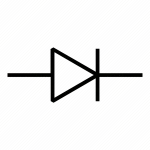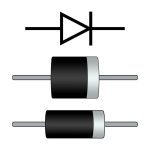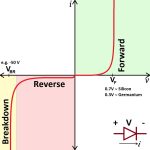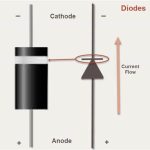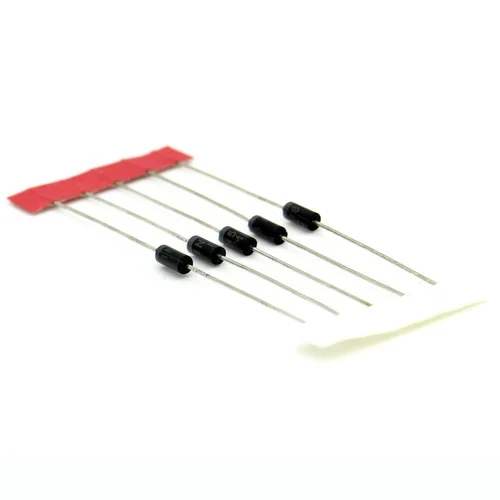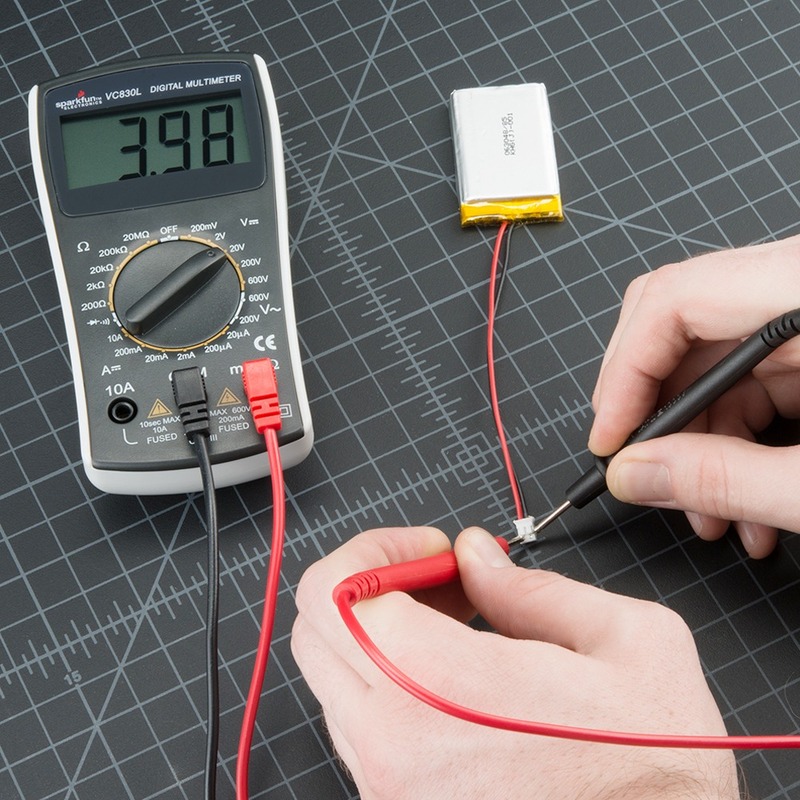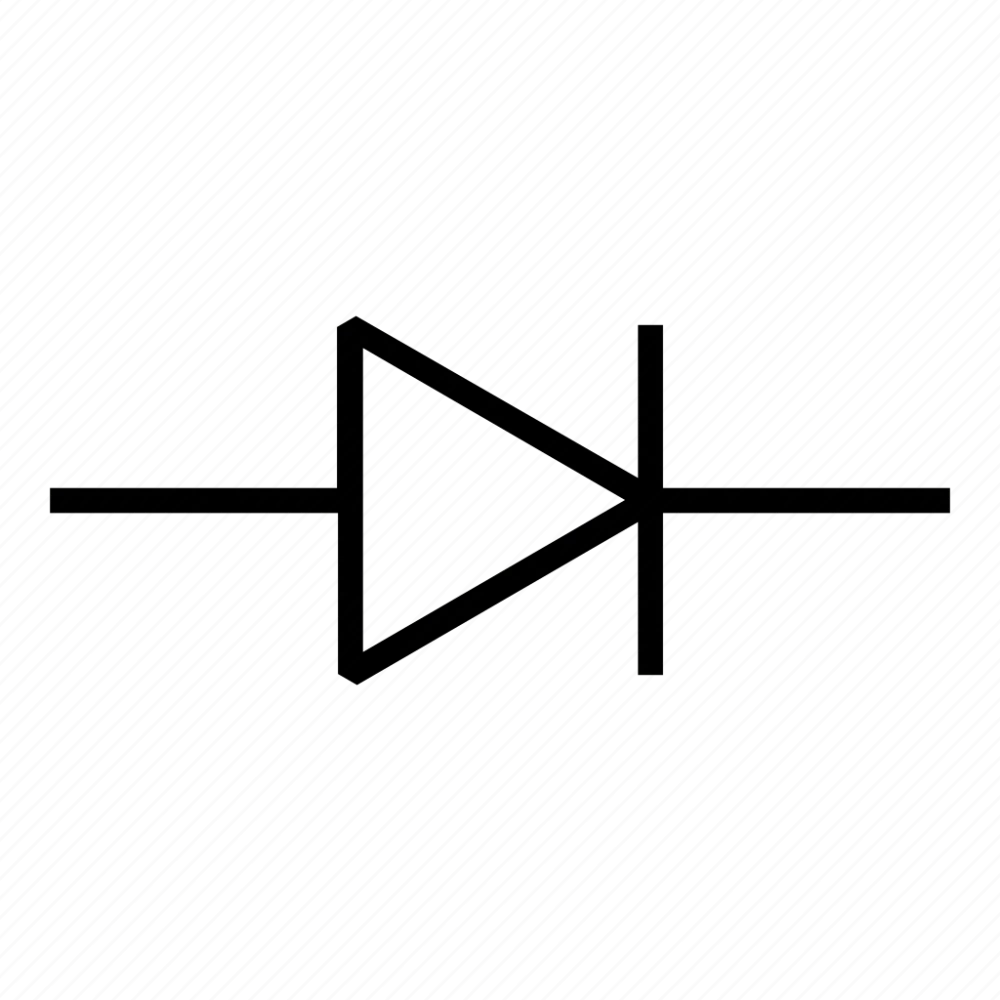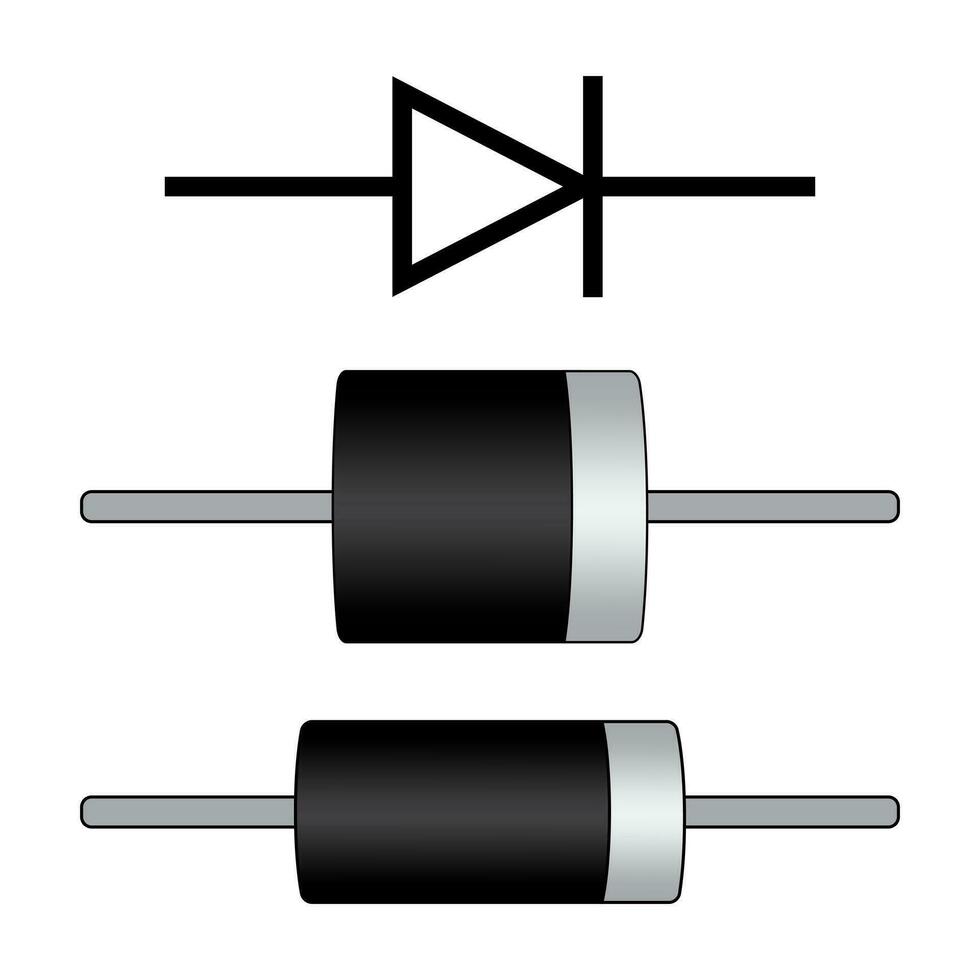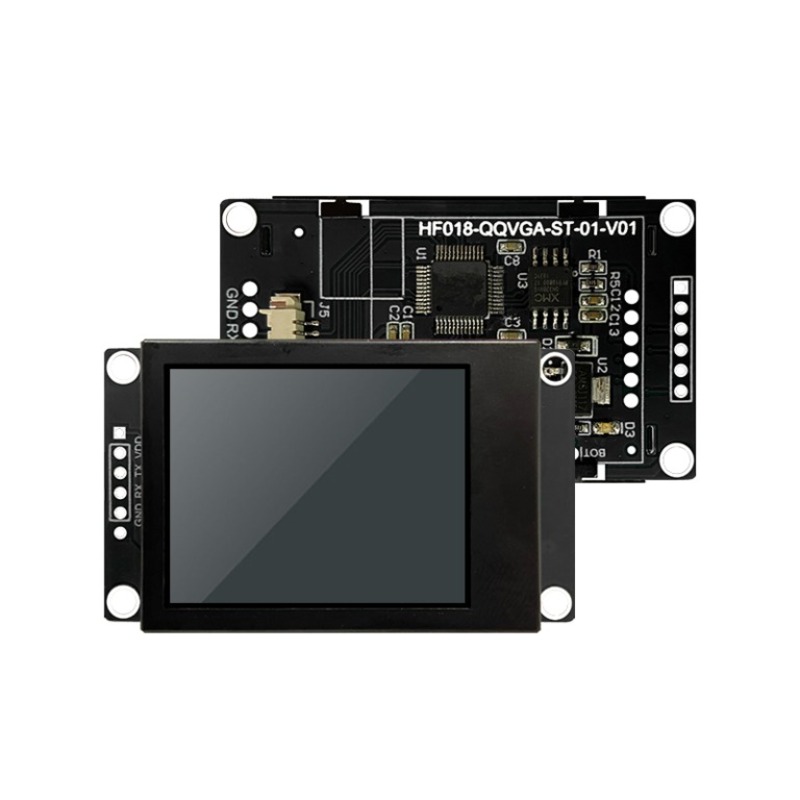Diodes are fundamental components in the world of electronics. They are known for their ability to control the flow of current. Understanding how current flows through a diode is crucial for anyone interested in electronics. This article aims to explain diode current flow in detail, covering various aspects and providing a comprehensive understanding.
 Introduction to Diodes
Introduction to Diodes
A diode is a two-terminal electronic device that allows current to flow in one direction while blocking it in the opposite direction. The two terminals are known as the anode and the cathode. The anode is the positive terminal, while the cathode is the negative terminal. When a diode is forward-biased, current flows from the anode to the cathode. Conversely, when it is reverse-biased, current flow is blocked.
Structure of a Diode
Diodes are made from semiconductor materials, mainly silicon or germanium. They consist of two regions: the P-type and N-type materials. The P-type material has an abundance of holes (positive charge carriers), whereas the N-type material has an excess of electrons (negative charge carriers). The boundary where these two materials meet is called the PN junction.
Types of Diodes
There are several types of diodes, each designed for specific applications. Here are some common types:
- Rectifier Diodes: Used in power supply circuits.
- Zener Diodes: Used for voltage regulation.
- Light Emitting Diodes (LEDs): Emit light when current flows through them.
- Schottky Diodes: Known for their low forward voltage drop.
Understanding these types helps in grasping the concept of current flow through diodes.
Diode Biasing
Biasing is the application of voltage to the diode. This can be done in two ways: forward biasing and reverse biasing.
Forward Biasing
When the positive terminal of a battery is connected to the anode and the negative terminal to the cathode, the diode is forward-biased. In this state, the diode allows current to flow. The applied voltage must exceed the threshold voltage, typically 0.7V for silicon diodes and 0.3V for germanium diodes.
How Current Flows in Forward Bias:
- Activation of Carriers: The applied voltage reduces the barrier potential at the PN junction.
- Movement of Electrons: Electrons from the N-type region move towards the P-type region.
- Movement of Holes: Holes from the P-type region move towards the N-type region.
- Recombination: Electrons and holes recombine at the junction, allowing current to flow.
Reverse Biasing
When the positive terminal of the battery is connected to the cathode and the negative terminal to the anode, the diode is reverse-biased. In this state, the diode blocks current flow. However, a small leakage current, known as reverse saturation current, may flow due to minority carriers.
How Current Flows in Reverse Bias:
- Increase in Barrier Potential: The applied voltage increases the barrier potential at the PN junction.
- Minority Carrier Motion: Minority carriers (electrons in the P-type and holes in the N-type) move towards the junction but are very few.
- Very Small Current: Only a very small leakage current flows due to these minority carriers.
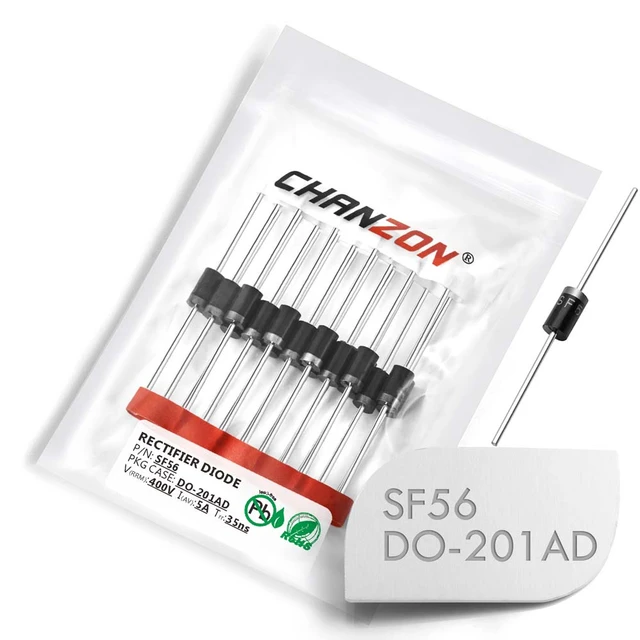 VI Characteristics of a Diode
VI Characteristics of a Diode
The Voltage-Current (VI) characteristics of a diode illustrate how current varies with applied voltage.
Forward VI Characteristics
- Threshold Voltage: Initially, no current flows until the applied voltage exceeds the threshold voltage.
- Rapid Increase: After reaching the threshold, current increases rapidly with voltage.
- Linear Region: Beyond a certain point, the curve becomes almost linear due to diode’s internal resistance.
Reverse VI Characteristics
- Reverse Leakage: Only a small leakage current flows at reverse bias below breakdown voltage.
- Breakdown Voltage: At a certain reverse voltage, the diode undergoes breakdown, and a large current flows, which can damage the diode.
Applications of Diode Current Flow
Understanding diode current flow helps in various applications such as:
Rectification
Diodes are widely used in rectification processes, converting AC to DC current. In rectifiers, diodes allow current to pass during the positive half cycle of AC and block during the negative half cycle, thus providing a pulsating DC.
Voltage Regulation
Zener diodes are used in voltage regulators to maintain a stable output voltage. They allow current to flow in reverse direction when a specific breakdown voltage is exceeded, thus regulating the voltage.
Signal Demodulation
Diodes are employed in circuits that demodulate amplitude-modulated signals. They extract the original information signal from the modulated carrier wave.
Light Emission (LEDs)
In LEDs, current flow through the diode emits light due to recombination of electrons and holes in the semiconductor material.
Overvoltage Protection
Diodes such as Zener diodes and TVS diodes provide protection against overvoltage by clamping the voltage to a safe level, thus protecting electronic circuits.
Factors Affecting Diode Current Flow
Several factors influence how current flows through a diode:
Temperature
Temperature significantly affects diode current. An increase in temperature results in increased electron-hole pair generation, thus increasing leakage current in reverse bias and slightly changing the threshold voltage in forward bias.
Material Type
The type of semiconductor material used (silicon or germanium) influences the threshold voltage and the leakage current. Silicon diodes have a higher threshold voltage but lower reverse leakage compared to germanium diodes.
Diode Size
The physical size of the diode affects its current carrying capacity. Larger diodes can handle higher currents compared to smaller diodes.
Impurities and Doping Levels
The level of impurities added to the semiconductor (doping) determines the number of charge carriers available. Higher doping levels result in better conductivity in forward bias.
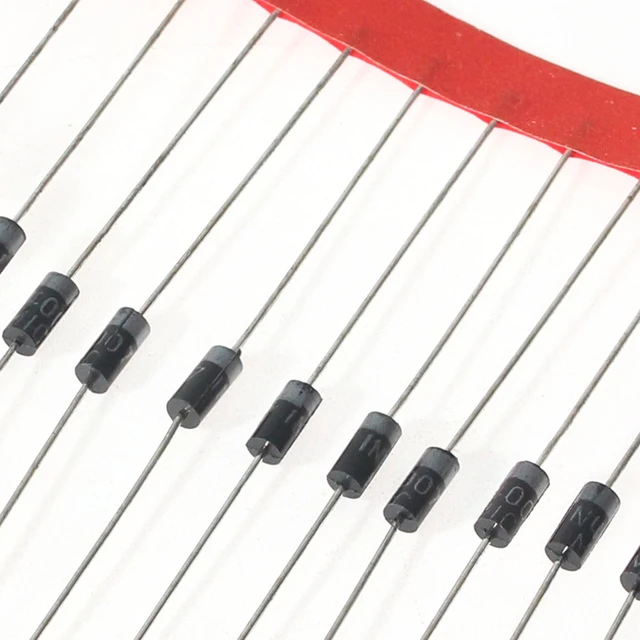 Practical Considerations
Practical Considerations
When using diodes in practical circuits, certain considerations must be kept in mind:
Maximum Current
Exceeding the maximum current rating of a diode can lead to overheating and damage. It is crucial to ensure that the diode operates within its specified current limits.
Reverse Breakdown
Avoid operating diodes near or beyond their breakdown voltage to prevent permanent damage. Use protective measures such as current-limiting resistors.
Heat Dissipation
Provide adequate heat dissipation through heatsinks or cooling mechanisms to maintain diode performance, especially in high-current applications.
Key trends:
The trends in the diode market are constantly evolving due to advancements in technology and shifting demands across various industries. Here are some key trends currently seen in the diode market:
 Advancements in Semiconductor Materials:
Advancements in Semiconductor Materials:
These materials offer superior performance in terms of efficiency, thermal management, and voltage capacity, making them ideal for high-power and high-frequency applications.
Growth in Automotive Electronics:
With the rise of electric vehicles (EVs) and advanced driver-assistance systems (ADAS), the demand for high-efficiency diodes has surged. Diodes are essential in power conversion, battery management, and various other electronic systems in modern vehicles.
Increased Demand for Power Efficiency:
As energy efficiency becomes a larger priority across industries, diodes that contribute to lower power consumption and heat generation are in high demand. This is especially true in power supplies, renewable energy systems, and data centers.
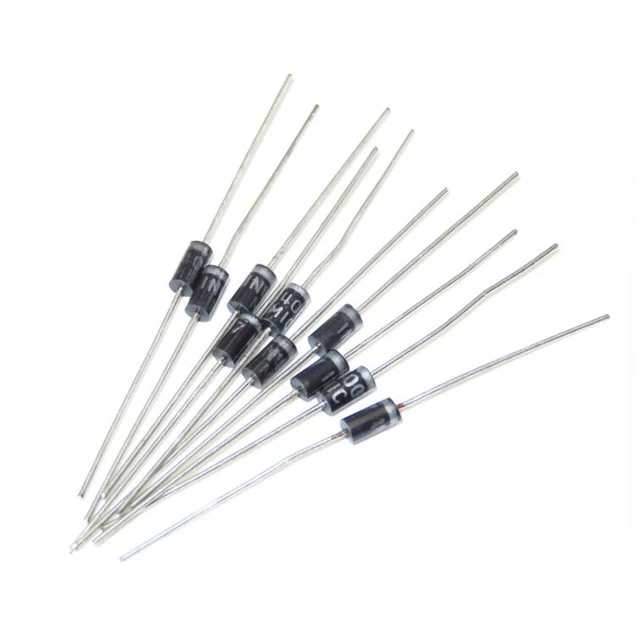 Miniaturization and Integration:
Miniaturization and Integration:
There is a continuous trend towards the miniaturization of electronic components, including diodes. Smaller and more integrated diodes are required for compact devices such as smartphones, wearables, and other consumer electronics.
Expansion of 5G and Telecommunication Infrastructure:
The rollout of 5G networks requires increasingly sophisticated and efficient diodes to handle higher data rates and more stringent performance requirements. This drives innovations in high-speed diodes capable of operating at higher frequencies.
Growth in Renewable Energy:
The expansion of solar power and other renewable energy sources has led to a higher demand for efficient rectifier diodes that can handle the conversion of AC to DC power with minimal loss.
Industrial Automation and IoT:
The growth of the Internet of Things (IoT) and industrial automation requires reliable diodes for sensors, connectors, and various control systems to ensure seamless and dependable operations.
In summary, the diode market is experiencing notable growth and innovation driven by advancements in materials, the rise of electric vehicles, demand for energy efficiency, progress in telecommunications, expansion of renewable energy, and the proliferation of IoT and industrial automation.
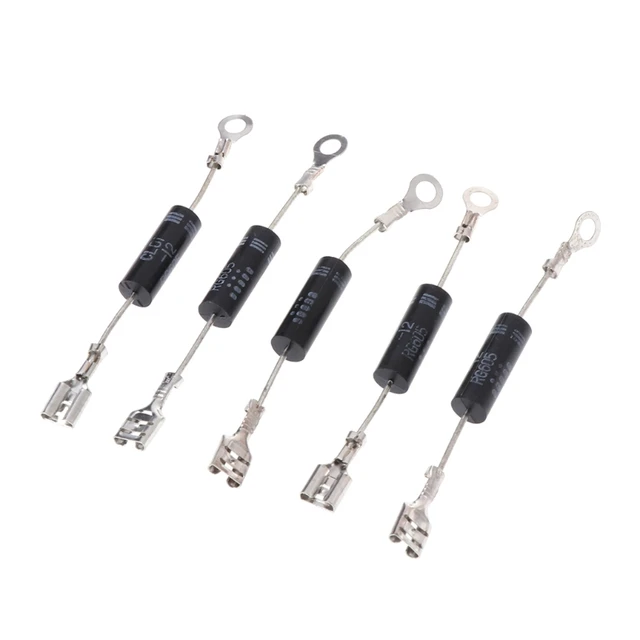 Conclusion
Conclusion
Understanding diode current flow is vital for designing and working with electronic circuits. From biasing and VI characteristics to practical applications and factors affecting current flow, diodes play a crucial role in modern electronics. By comprehensively understanding how current flows through diodes, one can effectively utilize them in various electronic applications, ensuring efficient and reliable circuit operation.
This detailed articulation on diode current flow provides a broad overview, ensuring a solid foundation for further exploration and practical application in the world of electronics.

